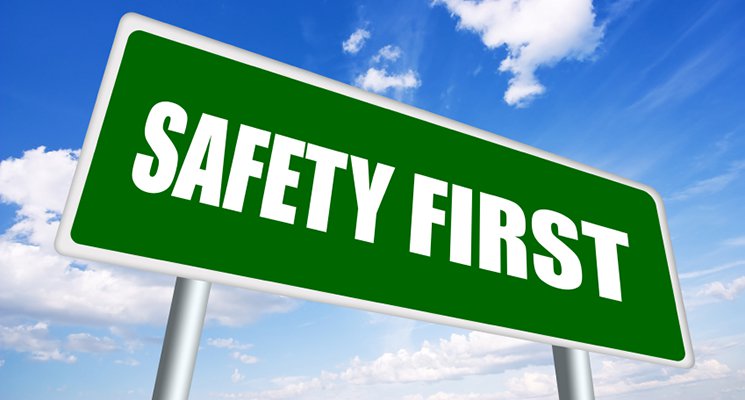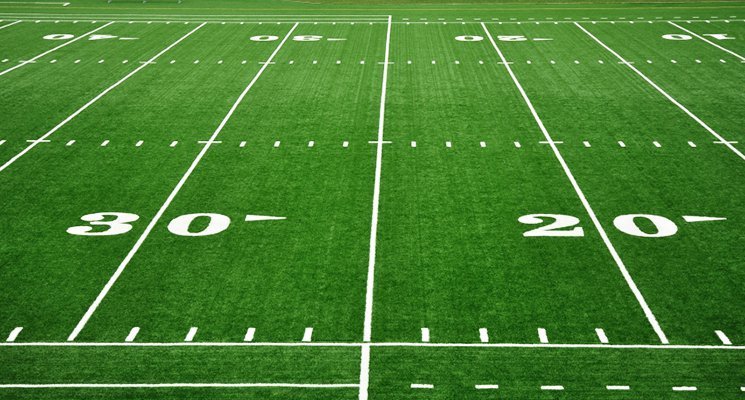Many youth athletes today would rather play through the pain than miss a practice or a big game. They’ll ignore an injury and hope that it will just go away with time. Unfortunately, neglecting an injury usually leads to an overuse or repetitive trauma injury and can, in extreme cases, affect the player’s ability to play at all.
Overuse injuries are caused by repetitive stress on the muscle and skeletal system without enough rest to allow the body to adapt. Young athletes are especially at risk as their bodies are still developing. Most of these injuries occur during adolescent growth spurts.
As a direct result of the rise in repetitive trauma injuries in young athletes, sports medicine experts are now urging a larger role for athletic trainers at schools and sports facilities. With an effective rehabilitation program, highly trained athletic trainers can help players recover and avoid lasting damage or interrupting the competitive sports schedule. Facilities should look to include more trainers that specialize in sports-related injury and rehabilitation to their staff to ensure the proper recovery of their players. In a recent study conducted by the American Medical Society for Sports medicine, they recommend that facilities enforce preventative training and conditioning regimens, scheduled rest periods and requiring a pre-participation physical exam to assess a player’s ability to play. They also suggest enforcing limits on repetitive motions such as pitching and hitting as well as identifying any injuries certain athletes are prone to.
John DiFiori, head of the division of sports medicine at the University of California Los Angeles indicates that these preventative exams, “…gives parents a better basis for making a decision about their child’s participation”. In other words, if the assessment indicates that their child is prone to repetitive injuries, they may want to consider enrolling their child in an alternative sport.
Access to athletic trainers in school sports programs has doubled over the last 20 years, but only about a third of high schools have full-time professionals on staff, according to the National Athletic Trainers Association. Moreover, many community programs such as soccer and gymnastic leagues don’t have athletic trainers on board. Some states are considering legislation to require a medical professional be present at high school sporting events.
With more athletic trainers on staff, the better the chances are of avoiding an overuse injury in young athletes before they turn into a serious medical issue. For example, if a trainer catches an injury in time, he can put the player on a daily routine of stretching and applying hot and cold therapy with an electrical stimulation device to improve blood flow to muscles to reduce pain. Additionally, during practices, the player may be instructed to kick fewer balls, pitch a little less, hit less, etc., as well as rest for a few days after each game.
The key to avoiding overuse injuries is to catch them before they worsen. Unfortunately, in most cases, the player will let the injury get worse before seeking professional help. The goal of sports organizations and facilities should be to incorporate more athletic trainers into the overall sports program to prevent these injuries from occurring in the first place.

